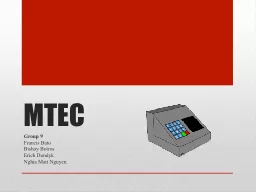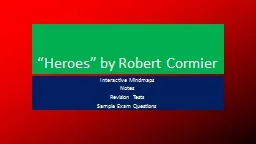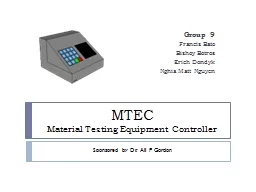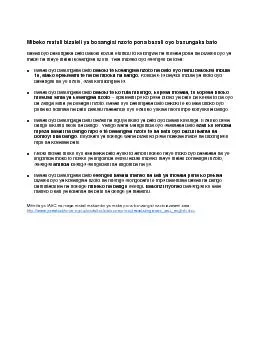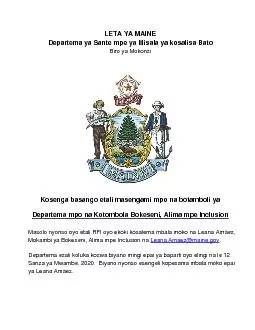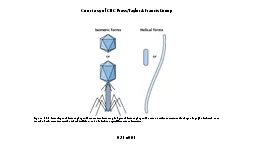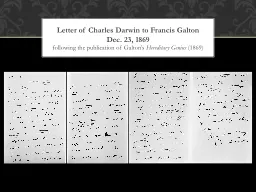PPT-MTEC Group 9 Francis Bato
Author : numeroenergy | Published Date : 2020-06-30
Bishoy Botros Erich Dondyk Nghia Matt Nguyen What is the MTEC MTEC Material Testing Equipment Controller Application Material Testing for orthopedics of war veterans
Presentation Embed Code
Download Presentation
Download Presentation The PPT/PDF document "MTEC Group 9 Francis Bato" is the property of its rightful owner. Permission is granted to download and print the materials on this website for personal, non-commercial use only, and to display it on your personal computer provided you do not modify the materials and that you retain all copyright notices contained in the materials. By downloading content from our website, you accept the terms of this agreement.
MTEC Group 9 Francis Bato: Transcript
Download Rules Of Document
"MTEC Group 9 Francis Bato"The content belongs to its owner. You may download and print it for personal use, without modification, and keep all copyright notices. By downloading, you agree to these terms.
Related Documents

